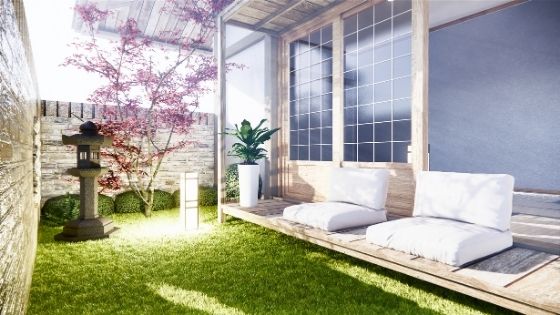The 2010s as a decade we left behind have been.. interesting, to say the least.
Many things have changed – some of them even for the better.
Let us take a short trip down memory lane and see how the early aughts changed exterior design. Some of those changes are there to stay, and some are better left in the past.


Let’s explore them together.
Go small or go home
In the late 90s, everything had to be huge. The most dominant type of home was what is commonly referred to as McMansion – a large house with an asymmetrical look achieved by having doors and windows of different shapes and sizes.
These places often seemed too massive for a lot of the land they were on. Everything else was mix and match, too, including roofing styles and different materials used.
In the early 2000s, these homes gave way to the Neoeclectic style houses. These homes weren’t as vast and disproportionate as their predecessors, but the same mix of materials and styles was still very fashionable.
Everything changed with the home market crash.
Modern homes tend to be much smaller than those that came before them. They are much more proportionate and with a lot of windows that let the natural light in. Raw materials, such as wood and natural stone like you’ll find at Midland Stone, are dominant in building these new, tiny, intimate homes.
Being eco-friendly is imperative
One more good thing that the past decade has brought us is the fact that we have all become much more aware of our impact on the environment and how important it is to preserve it. This trend has had its repercussions on the home design as well.
The 2010s were all about recycling, repurposing, and being eco-friendly.
When it comes to home design, being eco-friendly meant using vintage materials and elements and incorporating them into a modern home design.
Remember upcycling wood pallets and pallet furniture? Let’s all agree to leave that trend in the dark past where it belongs. However, it deserves an honorable mention due to its impact on Pinterest pages and home design everywhere.
Many places, such as coffee shops, took this idea one step further and started incorporating industrial elements into the exterior design. Thus, industrial-chic was born.
While this style works on corporate buildings, stores, and coffee places, it was never that popular with houses, as it can look too cold and sterile when applied to a home’s design.
One aspect that was popular with homes, as well, though, was Edison bulbs and exposed lighting fixtures.
Plants, plants everywhere!
The nature-friendly attitude didn’t stop with building homes from eco-friendly materials, repurposing, and recycling. Plants came back in a big way.
Flowers are everywhere now in flower beds or planters mounted on the walls, in repurposed wheelbarrows, or inside clay flower pots.
Succulents are also gaining popularity, so even those places that haven’t become colorful with a large influx of flowers have gone green. And, speaking of color
Colorful does not mean flashy
Modern homes that people have built during the past decade are modest in many ways.
When it comes to choosing colors for the exterior, this means that houses no longer resemble a male peacock in the middle of the mating season.
Instead, the houses of today have one primary, dominant color. Everything else is painted in colors that are in the same family.
This design choice gives homes longevity since houses that are painted in a neutral tone and similar shades of color have a timeless quality to their look.
Declutter
The minimalistic approach of the 2010s had one more important representative. We’re talking, of course, about the “Marie Kondo effect.”
To put it into the simplest terms possible – though there is much more to it – the idea behind this approach is to take a look at your possessions and get rid of everything that doesn’t bring you joy.
As a result, you would end up with far less garbage and unnecessary things in your living space. This decluttering trend had its impact on the way home exterior was designed, too.
The homes of the last decade have far less extravagant decorations and tend to appear more organic than their predecessors.
Conclusion
As we have seen, the exterior design trends of the 2010s were a reflection of the times we all lived in.
Gone are the large, cold, disproportionate homes of the past. Instead, it is all about creating a small, cozy, and sustainable place to live.
The homes of today are meant to be one with nature, with many natural materials used to build them and many plants and flowers surrounding them.
Colors are not clashing. The design is reduced and modest. A modern house should be a nice, inviting place to live in, easy to maintain and enjoy.
















